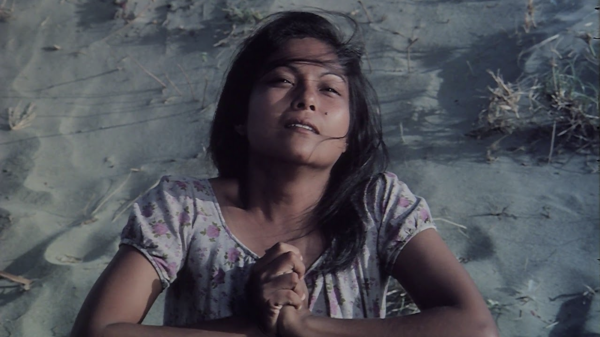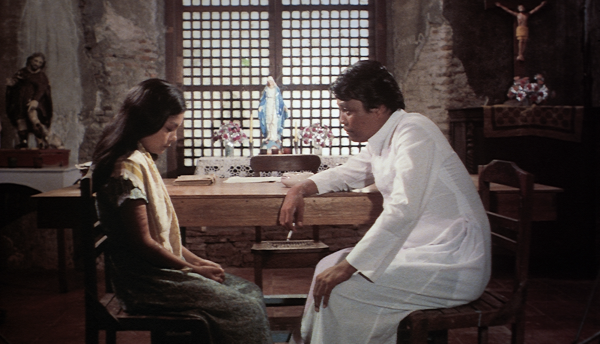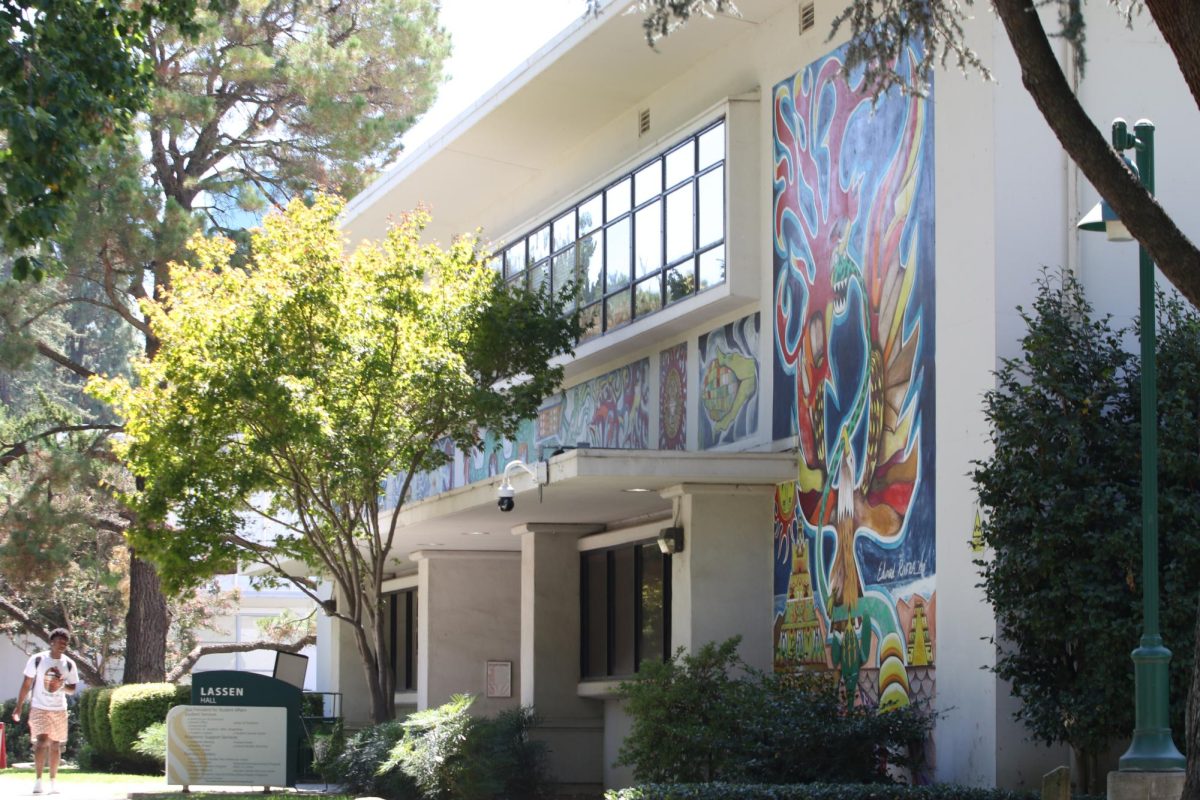As part of its Filipino American History Month Film Series, Sacramento State hosted a screening of the digitally-restored version of Ishmael Bernal’s 1982 film “Himala” at the Hinde Auditorium on Oct. 8.
The critically-acclaimed movie premiered at the 1982 Metro Manila Film Festival, where it won best art direction, best cinematography, best editing, best picture, best sound engineering and best lead actress for Nora Aunor’s performance.
The success behind “Himala” stems from Aunor’s remarkable performance as Elsa, a character’s loyalty towards her religious beliefs while under the pressure of a godforsaken society.
“Himala” tells the story of a provincial girl named Elsa after she sees the blessed Virgin Mary on top of a hill during a solar eclipse, changing her life and the lives of people from a poor and isolated village in the Philippines. The villagers, now viewing Elsa as a saint, put their faith in her to cure the sick in town.
Himala tackles topics of misogyny and male reliance in small communities and blindly trusting faith in desperate times. The setting of the film fittingly takes place in the fictional town of Barrio Cupang, a rain-deprived Filipino village where people are constantly at worry of dehydration.
The film has a runtime of 2 hours and 4 minutes, which is long but makes good use of its screen time, carefully establishing the town’s desperation towards Elsa and how she responds to it.

The film uses themes of religion in a way to show how blind faith can evolve harmfully.
Elsa is a tragic and complex character who suffers from her own idealism, but at the hands of a faithful village. She genuinely believes she is helping the people in the town, but in return for being worshipped as a saint, the villagers cross boundaries and dehumanize her.
In a town on the edge of dehydration, the villagers are desperate for someone to save them and their children. This dilemma creates a conflict where the audience can feel sympathy for both parties, but will be disturbed by how idolized some characters have become.
RELATED: Bullet holes and bank rolls: ‘One Battle After Another’ is an emotional epic
Poverty and the danger that it poses to women in a low-income society is shown explicitly in “Himala.” As the leading protagonist, Elsa is a victim of such threats from men in her society.
Forced marriage is brought up to be each female character’s main way of getting away from their old lives. The film doesn’t shy away from the misogyny women face by men in a low-income town.
Two characters who execute this theme are Nimia, played by Gigi Dueñas, and Chayong, played by Laura Centeno. Nimia and Chayong offer parallels to how women are targeted by men despite their status.
Nimia is a prostitute who works in a bar, while Chayong is a follower of Elsa. Nimia is a childhood friend of Elsa, shows distaste in her beliefs and wants her to change. However, Elsa is reluctant to Nimia’s concerns and brushes her off as just a prostitute, which tricks the audience to view Nimia as a foil to Elsa.
Additionally, the film details Nimia’s trauma with men explicitly and how it changed her. Ishmael Bernal tests the viewers’ own misogyny, questioning whether they can respect Nimia as her own individual person despite her occupation.
Chayong is a character who is set on marrying a man who, near the middle of the film, sends Chayong a note containing money and stating that they are not made for each other. Despite having a way out with the money, Chayong doesn’t leave the relationship, showcasing patriarchal values through women’s dependence on men.

“Himala” is a film that comments on religious fanaticism. At the end of the story, Elsa loses the respect of the village due to uncontrolled circumstances. No longer is she viewed as a saint; instead she is being ignored by townsfolk and harassed by men.
But their views all change when rain starts dropping on the dehydrated town. People suddenly go back to Elsa, viewing her again as their saint and just as quickly as they were willing to exile her, she reverts back to being worshipped. Elsa’s story is a warning on how far religious zealousity takes us, asking what happens if people go too far into their own beliefs and what harm it causes.
“Himala” means “miracle” in Tagalog; Elsa is a miracle in the villagers’ minds. However, the film positions the term “miracle” in a unique way.
The end of the story has Elsa giving a speech about what a miracle truly is, tying the themes of religious fanaticism and misguided placement of faith. As a result, the film leaves the message open-ended to audiences, having them draw their own conclusions on what a miracle is and how to respond to it.



























































































































